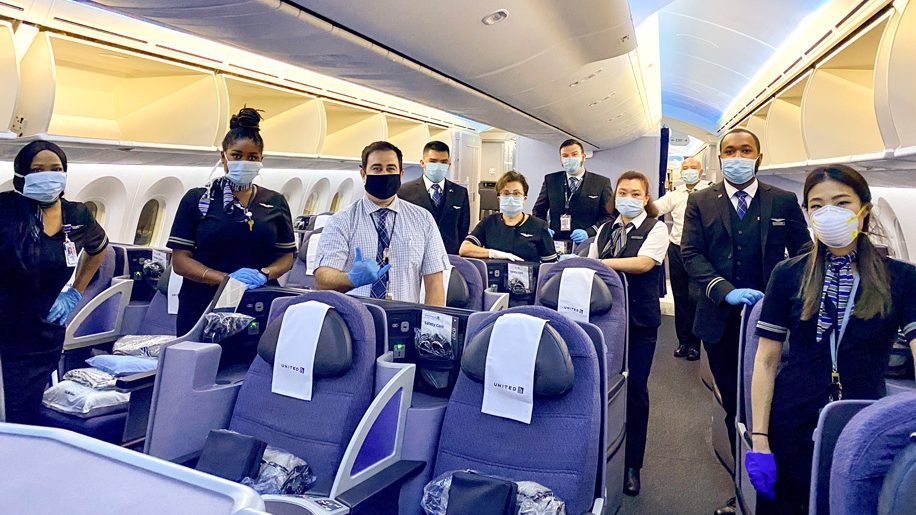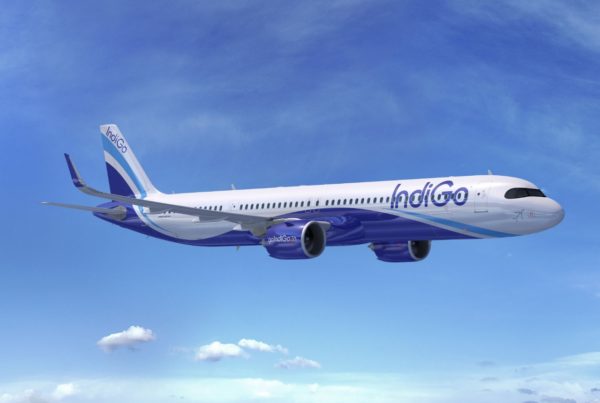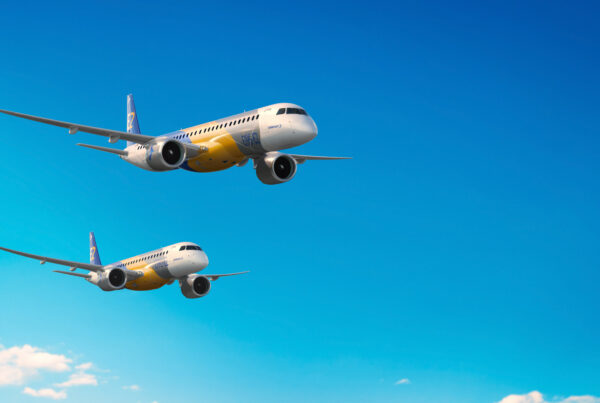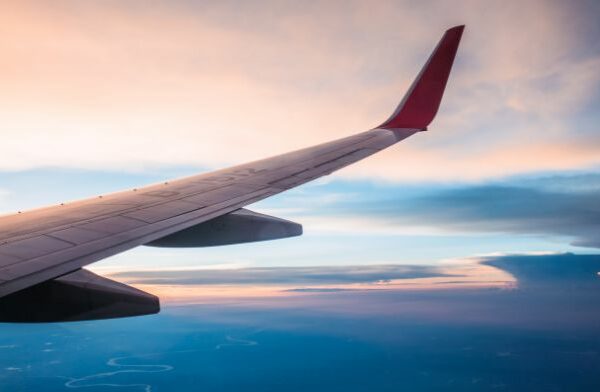For those passengers now willing or able to fly to their desired destinations, they now face myriad checks and new processes prior to boarding their flight to stop the spread of COVID-19, yet a number of them have hit the headlines and been removed from the cabin for not wearing a face mask.
As cabin staff around the world finally get some standardised safety protocols to work with, numerous scientific studies have been released to the media related to the pandemic and how the airliner industry will take years to recover. I don’t agree with this, as has been demonstrated by the rapid progress of some airlines in getting back to regular service. But there are occasions when one scientific study causes a pause for thought. In this case it was a report by Massachusetts Institute of Technology (MIT) published on 8 July. Doctor Arnold Barnett, the George Eastman Professor of Management Science and Professor of Statistics at MIT Sloan School of Management, showed that a blocked middle seat could reduce the risk of contracting COVID-19 from a nearby passenger by around 50%. He went on to prove that when aircraft are full, the risk was estimated to be one in 4,300. While with the middle seat empty, that would go down to one in 7,700, which is nearly half that of a full flight. The study assumes that every passenger is wearing a mask prior to boarding.
While I find that these studies are certainly worth reading, the complex nature in the way they are often presented to the wider public can be confusing, with many individuals simply not having the time to wade through paragraph after paragraph simply to get to the conclusion, which seldom ends with a categorical action plan of dos or don’ts.
Other studies have also capitalised on the possibility of contracting the virus whilst flying. But, all of them, no matter how they’re presented have come to the same conclusion. Providing that the wearing of face masks is adhered to, flying is not currently a very high-risk activity. Without a face mask, the risk is very similar to ignoring the current advice in a confined public area.
It’s simply using common sense, adhering to pre-flight guidance, listening to the cabin crew and following their advice, and hopefully, as a regular passenger, you have been doing that for years already.










